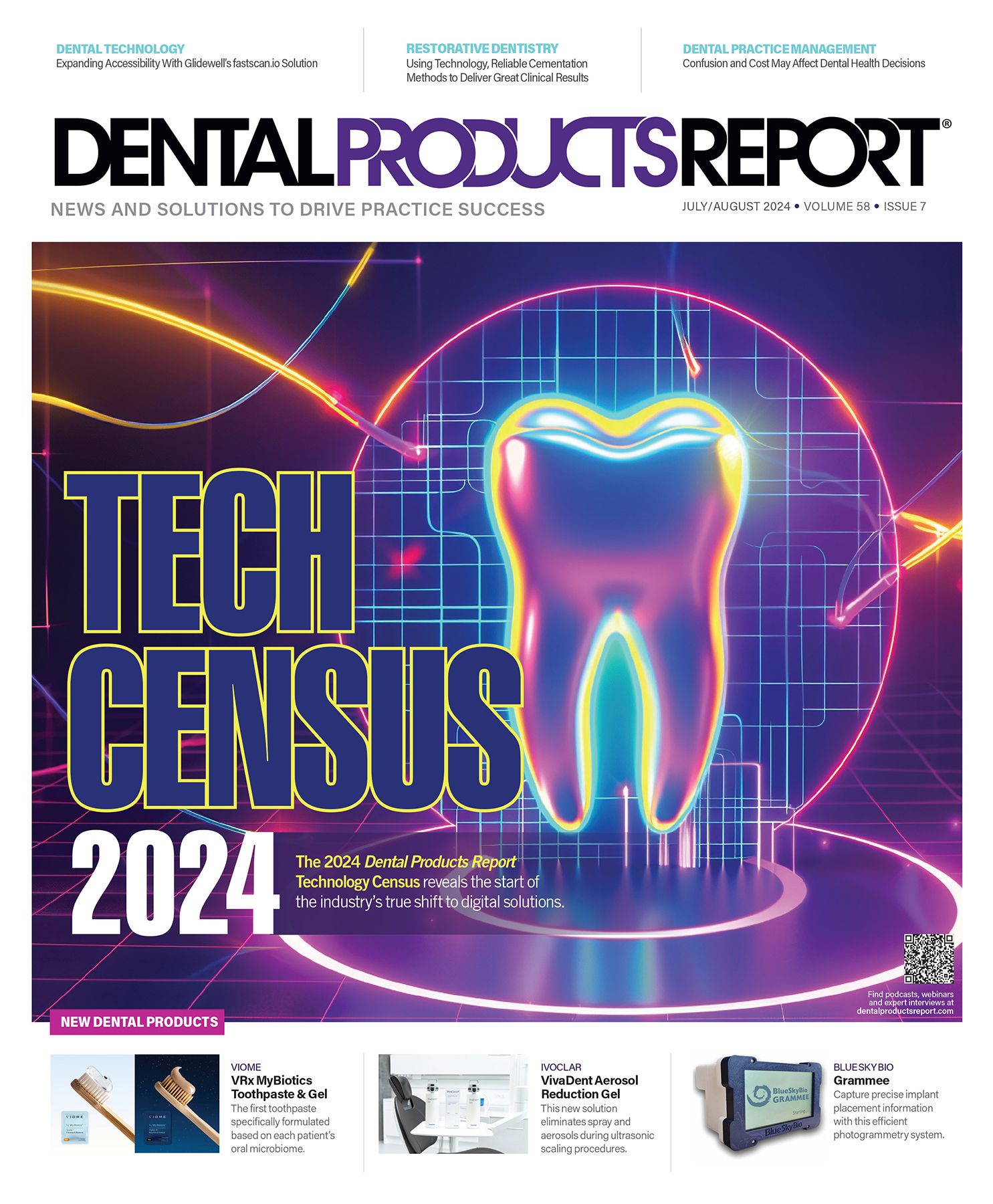Confusion and Cost May Affect Dental Health Decisions
CareCredit research indicates that many patients are unclear about their insurance benefits and the costs of dental treatments.
Confusion and Cost May Affect Dental Health Decisions | Image Credit: © Togrul - stock.adobe.com

In 2023, Synchrony, on behalf of CareCredit, conducted the Dental Lifetime of Care study (dentallifetimeofcare.com) to understand people’s perceptions of the cost of dentistry and to gain insights on how that perception may shape their dental health care decisions. A few of the study’s key findings suggest that patients may be confused about their insurance benefits and the cost of dental care. In fact, only 30% of survey respondents found understanding dental health expenses easy and only 50% with dental benefits knew their annual maximum.
When patients are confused about cost or are not aware of how their benefits may offset that cost, they may accept partial treatment, delay care, or choose not to accept treatment at all. The 2023 Dental Lifetime of Care study findings also found that because of cost, 17% of patients surveyed ignored a recommended procedure, 29% delayed treatment, and 13% chose a less costly treatment. Combined, that’s 59% of patients who did not move forward with recommended and needed dentistry. So what does that mean for dentists? Results from the Dental Economics/Levin Group Annual Practice Survey found that the average dentist’s personal production was $733,000 (excluding hygiene production).1 So even if 10% of patients are not moving forward with treatment, it’s not only patients walking out the door without needed care but also potentially $73,000 in production lost for the practice.
Providing Clarity on Cost and Benefits
The dental team can play a pivotal role in informing patients so that they have clarity on the value of care but also on costs and how to pay for it. Here are 4 best practices to consider:
Proactively review patient insurance benefits and how they work prior to the examination so that patients know what their benefits will cover.
Put patients at ease by letting them know you have payment options, including the CareCredit credit card, should there be a gap in the cost of care and their benefit contribution. Make sure to reinforce that they thoroughly review the terms and conditions while considering payment options.
Use visual aids when presenting cost, and tie the cost to the value of the dentistry being recommended—specifically how it will benefit the patient or solve a problem. CareCredit has resources, such as a payment options form, available to enrolled practices at http://carecredit.com/providercenter.
Let patients know whether there are any potential consequences for delaying, declining, or compromising care.
Most Americans have been faced at one time or another with an expense that they did not plan or save for, and that can cause financial stress. The study results found few patients proactively save for dental care. In fact, almost 75% of study respondents said they don’t save for dental care and of those who do, the average is only $648.
Providing Clarity Between Appointments
Confusion about the cost of dentistry and insurance benefits may also affect patients’ decisions to make an appointment in the first place. In the Dental Lifetime of Care study findings, of the people surveyed, only 73% went to see their general dentist in the past 12 months. Of those who did not, 54% cited expense as the reason.
Ongoing patient communications can encourage those who hesitate to schedule an appointment by increasing awareness of the average cost of care, how benefits work, and ways to manage out-of-pocket costs. Proactively educating patients about cost and insurance benefits can help patients have clarity and make care decisions to improve their oral health.
Reference
1. Levin R. The 2024 DE/Levin Group Annual Practice Survey: a period of higher production and long-awaited stability. Dental Economics. Published online May 8, 2024. https://www.dentaleconomics.com/practice/article/55016675/higher-production-and-much-needed-stability-the-2024-de-levin-group-annual-practice-survey
This content is subject to change without notice and offered for informational use only. You are urged to consult with your individual advisers with respect to any information presented. Synchrony and any of its affiliates, including CareCredit (collectively, “Synchrony”), make no representations or warranties regarding this content and accept no liability for any loss or harm arising from the use of the information provided. Your receipt of this material constitutes your acceptance of these terms and conditions.

How Dentists Can Help Patients Navigate Unforeseen Dental Care
December 12th 2024Practices must equip patients with treatment information and discuss potential financing options before unexpected dental treatments become too big of an obstacle and to help them avoid the risk of more costly and invasive procedures in the future.
Product Bites – January 12, 2024
January 12th 2024The weekly new products podcast from Dental Products Report is back. With a quick look at all of the newest dental product launches, Product Bites makes sure you don't miss the next innovation for your practice. This week's Product Bites podcast features new launches from Videa Health and DentalXChange.
Product Bites – October 27, 2023
October 27th 2023Product Bites makes sure you don't miss the next innovation for your practice. This week's Product Bites podcast features new launches from Kerr Dental, MGF, PreXion, ZimVie, Amann Girrbach, VOCO, ASI Dental Specialties, DMG, and NovoDynamics. [8 Minutes]